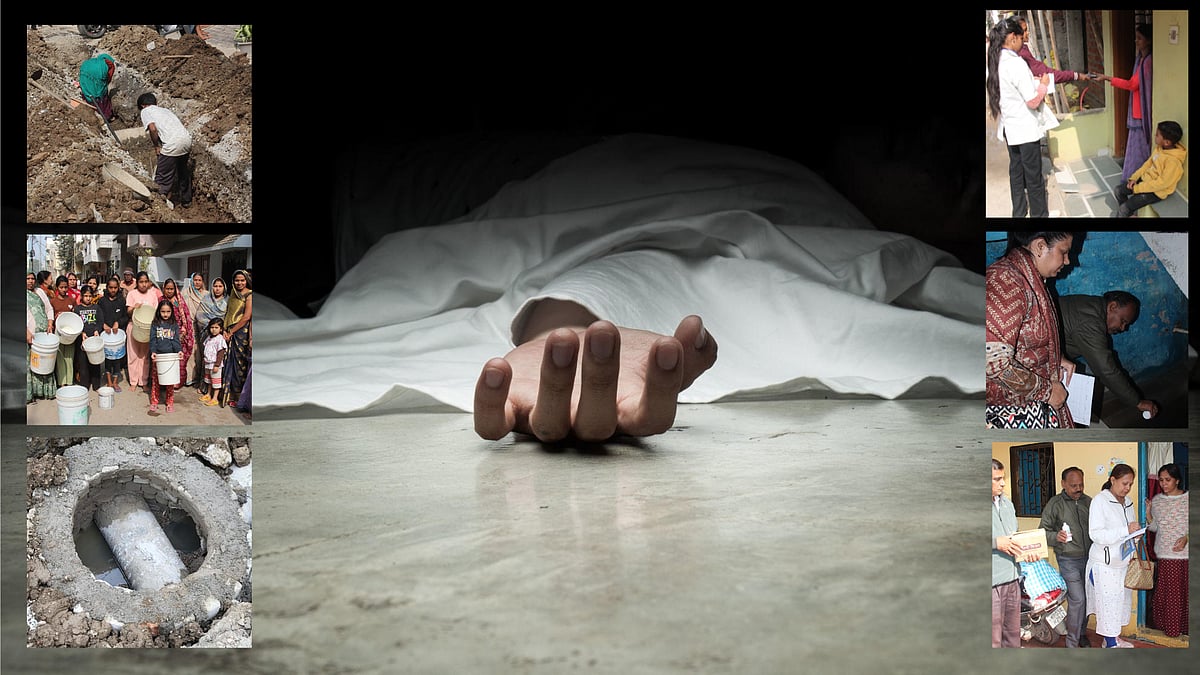Stress is our body’s response to pressure. Different situations or life events can cause stress. It is often triggered when we experience something new or unexpected that threatens our sense of self or when we feel we have little control over a situation. Even positive life changes, such as moving to a bigger house, gaining a job promotion or going on holiday, can be sources of stress.
Some people seem to be more affected by stress than others. For some people, getting out of the door on time each morning can be a very stressful experience, whereas others may be less affected by a great deal of pressure.
If you feel stressed in these situations, you may struggle to understand why or be unwilling to share your feelings with others. We all deal with stress differently. Our ability to cope can depend on our genetics, early life events, personality and social and economic circumstances.

When we encounter stress, our body produces stress hormones that trigger a fight or flight response and activate our immune system. This helps us respond quickly to dangerous situations. Sometimes, this stress response can be helpful. It can help us push through fear or pain so we can run a marathon or deliver a speech, for example. Our stress hormones usually return to normal quickly once the stressful event is over, and there won’t be any lasting effects. However, too much stress can cause adverse effects. It can leave us in a permanent stage of fight or flight, leaving us overwhelmed or unable to cope. Long term, this can affect our physical and mental health.
Work-related stress
One of the biggest contributors of stress in our daily life happens to be work. Work-related stress happens when your mind and body respond to high work demands you’re unable to cope with. Eventually, you may arrive at a point where you can’t keep up with your to-do list — often because there are too many tasks on it.
Tight deadlines and workload mean more pressure, increasing workplace stress. Some work environments create a higher level of stress than others if they expect faster turnarounds or operate in high-pressure industries, but nobody is immune to job stress. From healthcare professionals and consultants to teachers and executives, workplace stress lingers.
Over time, chronic work stress can lead to a psychological syndrome known as burnout. Warning signs of burnout are overwhelming exhaustion, cynicism, and a sense of inefficacy. Certain work-related stressors are closely linked with burnout. Examples are having too much work or too little independence, inadequate pay, lack of community between co-workers, unfairness or disrespect, and a mismatch between workplace and personal values.
To avoid the negative effects of chronic stress and burnout, we need time to replenish and return to our pre-stress level of functioning. This recovery process requires “switching off” from work by having periods of time when you are neither engaging in work-related activities, nor thinking about work. That’s why it’s critical that you disconnect from time to time, in a way that fits your needs and preferences.
Holistic ways to cope with stress
Yoga can be an excellent choice, but any form of physical activity is beneficial. Also make time for hobbies and favourite activities. Whether it’s reading a novel, going to concerts, or playing games with your family, make sure to set aside time for the things that bring you pleasure. Getting enough good-quality sleep is also important for effective stress management. Build healthy sleep habits by limiting your caffeine intake late in the day and minimizing stimulating activities, such as computer and television use, at night. Don’t let your vacation days go to waste. When possible, take time off to relax and unwind, so you come back to work feeling reinvigorated and ready to perform at your best. When you’re not able to take time off, get a quick boost by turning off your smartphone and focusing your attention on non-working activities for a while.
Relaxation helps counter the physiological effects of the fight-or-flight response. For example, progressive muscle relaxation helps reduce muscle tension associated with anxiety. To practice this skill, sit comfortably with your eyes closed. Working from your legs upward, systematically tense and relax each major muscle group. Hold the tension for 10 seconds; release tension for 20 seconds. Each time you release muscle tension, think “relax” to yourself. This skill and many other relaxation strategies can help reduce symptoms of anxiety.
Another way to cope is by reappraising negative thoughts. This happens a lot with people suffering chronic stress and worry. Such people develop a mental filter in which they automatically see every situation through a negative lens. A person might jump to negative conclusions with little or no evidence (“my manager thinks I’m incompetent”) and doubt their ability to cope with stressors (“my life will be devastated if I don’t get the promotion”). To reappraise negative thoughts, treat them as hypotheses instead of facts and consider other possibilities. Regularly practising this skill can help people reduce negative emotions in response to such stressors.

Colour Therapy
If all this seems too much, one can resort to colour therapy. Did you know that simply tying a yellow ribbon or applying yellow colour around the left hand middle joint of your middle finger can curb the rise of stressors in your body? Next time you are feeling stressed, try it. It works like magic, but there is the science of physics and chemistry behind it called chromo therapy. To find out more please keep reading these articles that show you how you could remain healthy by this costless therapy.
There is a colour treatment one can follow to remove work-stress. Take yellow colour ribbon about one centimetre width. Wrap it round the middle joint of the left hand middle finger during the day. To keep it in place, use cellophane tape.
(Caution: If you feel easy on application of the colour, take it off, the effect will be gone and you will feel alright.)
(For more holistic treatments log on to www.artofselfhealing.in)












